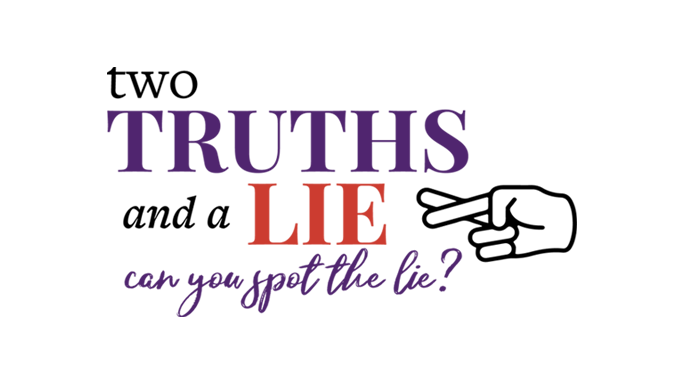States, local governments, and schools have had to make difficult decisions during the coronavirus pandemic about how to best serve students while also keeping them — and adult school staff — as safe as possible from the risk of COVID. The debate about whether kids should be required to wear masks is once again in the spotlight, as many states and school systems contemplate making masking optional.
Everyone loves the party game “Two Truths and a Lie.” Can you identify which of the three following statements about masking children is a lie?
A. Young children are at relatively low risk of disease from COVID.
B. Young children in most European countries do not wear masks, even in school.
C. There’s solid scientific evidence that masking kids is effective.
A. True. It’s a great blessing that COVID doesn’t pose as serious a health risk to children as it does to adults. As the New York Times reported:
For children without a serious medical condition, the danger of severe Covid is so low as to be difficult to quantify. For children with such a condition, the danger is higher but still lower than many people believe. The risk of long Covid among children — a source of fear among many parents — also appears to be very low.
Yes, some children have become very sick and even died with Covid. But despite hysterical headlines, most kids are blessedly relatively safe. This is also true for the Delta variant and the Omicron variant. Even unvaccinated children are at lower risk of serious illness than vaccinated elderly adults.
B. True. When it comes to masks on young children (meaning those below the age of about 10), the United States has been an outlier. We are certainly extreme considering the CDC recommendation to mask children as young as age 2. As three doctors wrote together in The Atlantic:
In contrast, many countries—the U.K., Sweden, Norway, Denmark, and others—have not taken the U.S.’s approach, and instead follow World Health Organization guidelines, which recommend against masking children ages 5 and younger, because this age group is at low risk of illness, because masks are not “in the overall interest of the child,” and because many children are unable to wear masks properly. Even for children ages 6 to 11, the WHO does not routinely recommend masks, because of the “potential impact of wearing a mask on learning and psychosocial development.”
C. False. Masking has been studied, a lot. But there’s no solid evidence that masking is effective in the school setting. Studies that have attempted to measure the effectiveness of masks have not included children; have not adjusted for other factors (like vaccination rates, other mitigation measures etc.) to isolate for the effect of masks; or have found negligible benefit in universal masking in the school setting. This isn’t surprising considering that cloth masks — which meet most school mask mandate requirements — have been shown to be relatively ineffective. And it’s also not surprising when we consider that children may not always wear masks properly and consistently. For a more thorough breakdown (debunking!) of the studies cited to support mask mandates in schools, see here, here, and here.
Bottom line: Parents and educators have had a very hard time grappling with the COVID pandemic. We have had to weigh the mitigation efforts — which were intended to protect the vulnerable from illness and death — against our desire for normalcy for our children. It hasn’t always been clear which mitigation measures have been effective at controlling the spread of disease. Much less clear is how these measures have stood up to a cost-benefit analysis.
Sadly, what is becoming increasingly clear is that masking children in school comes with significant downsides for their learning, mental health, and social/emotional development. It’s past time to let individual students and their families have #MaskChoice, so that they can weigh the evidence and their individual risks and benefits without unjustified universal mandates.

